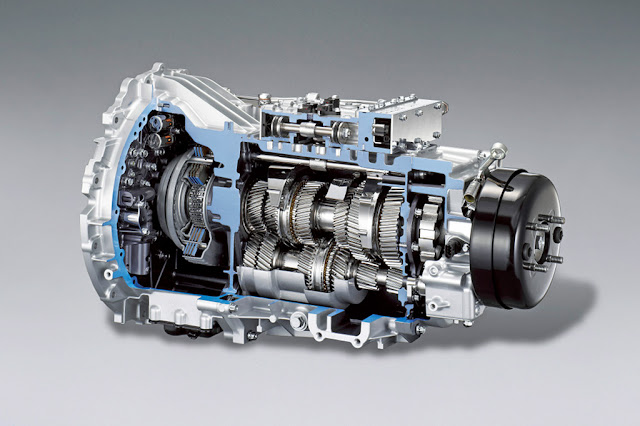Truck Platooning in Emergency and Crisis Situations
Truck platooning in emergency and crisis situations offers a promising solution to enhance the efficiency and effectiveness of response efforts. During disasters, such as natural calamities, industrial accidents, or public health emergencies, timely and well-coordinated transportation of essential supplies, equipment, and personnel is critical. Truck platooning technology can play a vital role in ensuring the rapid deployment of resources and aiding relief operations.
One of the key benefits of truck
platooning in emergencies is the ability to optimize the use of transportation
assets. With platooning, a convoy of trucks can be quickly organized to
transport emergency supplies, medical equipment, and personnel to affected
areas. The close following distance between platooning trucks reduces wind
resistance and saves fuel, enabling them to cover longer distances without
frequent refueling stops. This extended range is especially advantageous when
reaching remote or isolated regions during disaster situations.
Moreover, the efficient use of
fuel and optimized traffic flow also reduces the environmental impact of
emergency response efforts. This aligns with sustainable disaster management
principles and ensures that relief operations do not exacerbate the
environmental challenges already posed by the crisis.
Truck platooning technology also
enhances safety in emergency response scenarios. The coordination of vehicles
within a platoon ensures a consistent speed, reduces sudden lane changes, and
minimizes abrupt braking, thereby lowering the risk of accidents and
collisions. With the potential to integrate autonomous driving functionalities
in the future, platooning can mitigate the need for human drivers in high-risk
situations, making emergency transportation safer for responders and
communities alike.
According to Coherent Market Insights, the global
truck platooning market size is estimated to be valued at US$ 2.52
Billion in 2023 and is anticipated to witness a compound annual growth rate
(CAGR) of 30.1% from 2023 to 2030.
Another crucial aspect of truck
platooning in emergencies is its adaptability to various types of cargo and
infrastructure. Emergency relief operations often involve transporting diverse
supplies, including medical equipment, food, water, and construction materials.
Platooning systems can be tailored to accommodate different types of cargo and
vehicle configurations, enabling versatile transportation solutions for various
emergency scenarios.
To ensure effective
implementation, emergency services and authorities should collaborate with
technology providers and fleet operators to develop standardized protocols and
guidelines for platooning during crises. Training programs for drivers and
emergency responders should be established to familiarize them with platooning
procedures, emergency protocols, and safety measures.
However, despite the potential
benefits, several challenges must be addressed to maximize the effectiveness of
truck
platooning in emergency situations. These include integrating
platooning technologies with existing emergency response frameworks, ensuring
seamless communication between platooning vehicles and emergency coordinators,
and adapting the technology to various terrains and weather conditions.
Truck platooning in emergency and
crisis situations presents a valuable opportunity to revolutionize disaster
response efforts. By streamlining transportation, enhancing safety, and
optimizing resources, platooning technology can significantly contribute to
efficient and effective emergency relief operations. Through collaboration
between stakeholders, policymakers, and technology developers, the potential of
truck platooning can be harnessed to save lives, protect communities, and build
more resilient disaster response systems.



%20Market1.png)
Comments
Post a Comment